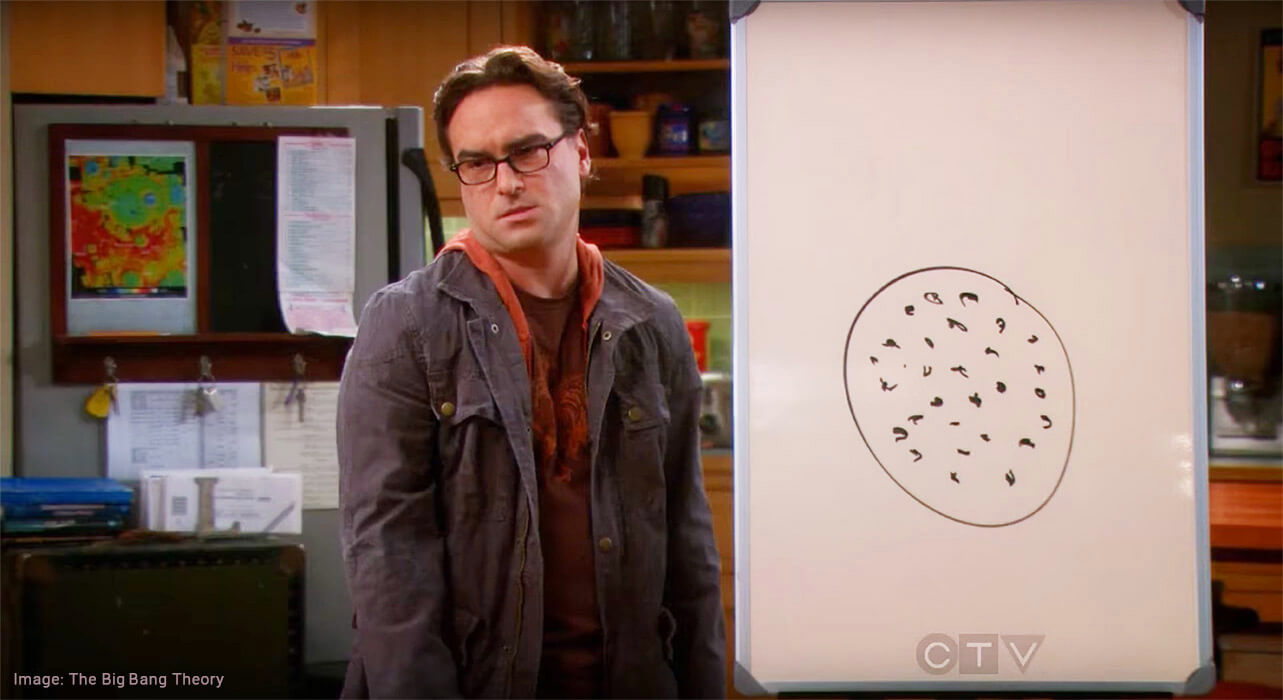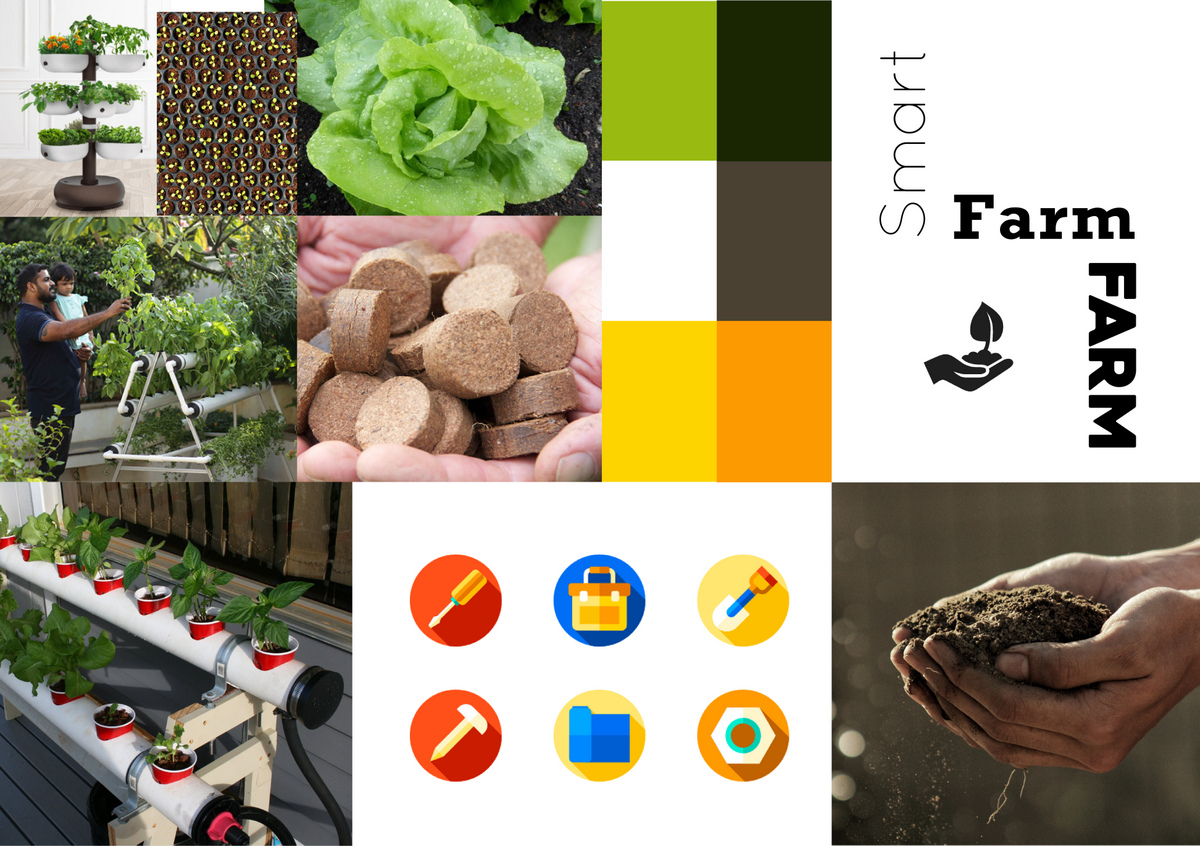Brand Strategy, Business Tips & How To's
If your company were a human being, its brand is the element that would be most reflective of its soul.
It is this ‘soul’ that presents your company with the opportunity to stand apart from the rest. It is this ‘soul’ that forms the basis of all that your company stands for and wishes to portray to its customers. It must shine through.
Executing this is not a simple task and often the best way to go about it is to hire an expert in the field – a brand consultant – to help you develop the identity of your company and then communicate it.

But how do you choose a brand consultant? How do you find one that is a good fit for your particular company? This article gives you some points to consider.
Background and Ways of Working
Do some research to determine the background of the consultants you are considering. What are the kinds of brands they have worked with in the past? Do you feel that those brands represent similar values and design aesthetic as your own? What can you learn about their ways of working? Do they seem flexible or does it appear that they are driving a core design intent across all the brands they service? Do each of the brands they service stand apart in their own right? Reviewing a few of the brands they have already worked with will help you to quickly determine this.
What are the processes they employ to help you with your brand’s development? A visit to their website is likely to provide you with those details. Check to see if important practices like brand development workshops, where the client is invited to participate in a transparent process, a brand audit and industry R & D form a part of their ways of working.
Your Brand’s Requirements
Are you a startup? Or are you at the stage where you’re looking at expanding your brand globally? Perhaps you’re considering rebranding after your company has been in existence for a few years. Your brand’s requirements should also play in role in choosing a consultant. For example, a boutique firm might be able to offer you niche services either in terms of expertise or geography, while a global MNC would be better to help with the development of your brand at a global level. Does the agency offer a brand audit so that you can jointly make an accurate assessment of where the brand is positioned today, before determining the direction it needs to go in?
Reputation
Most brand consultancies were started by people who have come to be known for some aspect. What’s the agency you’re considering best known for? Is it their networking ability? Their expertise in one particular industry? Do they mostly work with the branding of consumer goods or B2B clients? Such questions can help narrow down your options. What are their existing clients saying about their services? A good place to start your research would be social media sites, especially LinkedIn, Facebook and Twitter and Google Business listing, where clients’ ratings and comments would be available. Of course, there is nothing like having a chat with a client who has already worked with them.
Stage of Brand Development
If you’re looking at developing a new brand strategy or revamping an old one, perhaps looking at going with one of the big guns of the industry may make sense as a one time investment for strategy.
On the other hand, if your strategy is in place and it’s execution you’re looking for, which you can drive yourself, choosing an upcoming firm with a good reputation may make more economic sense. In either case, do make sure you meet the people you will actually be working with, not just a representative of the firm.
In a nutshell, choosing a brand consultant really boils down to matching what your brand’s particular requirements at this stage in its life cycle are with what the various firms can best offer you.
Branding services form a part of Zeitgeist’s holistic approach to designing and managing innovative ideas from inception to execution. You can see some of our work, including brands we have worked with, here.
Gitanjali Singh Cherian
Marketing Manager




